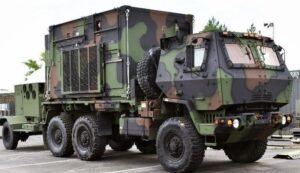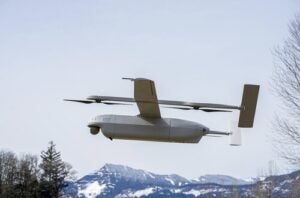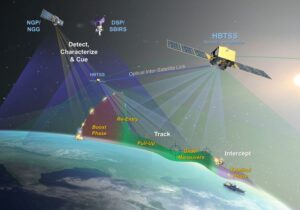
The U.S. Army’s Tactical Intelligence Targeting Access Node (TITAN), the service’s new intelligence ground station, and the Maven Smart System (MSS) "absolutely complement each other," Shyam Sankar, the chief technology officer of Palantir [PLTR], said in an interview on June 5 at the company's Washington, D.C., office. The sites of interest DoD can sense for a given fight has gone from thousands to millions, but that surfeit now places a premium on artificial intelligence (AI) to sort through the chaff…














